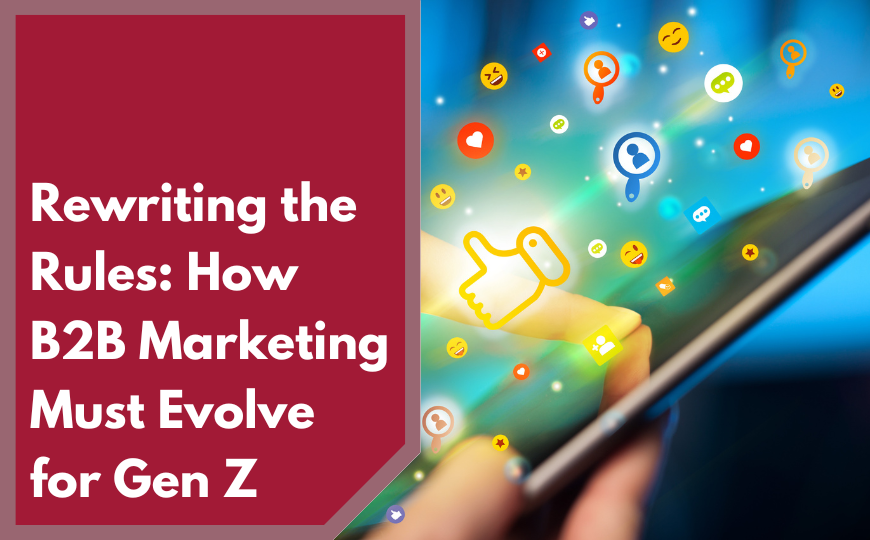Your website has an expiration date.
When your site first goes live you won’t know when that expiration date is. However, just like a home’s interior, time passes and design evolves. The burn-orange shag carpet popular in 1970s living rooms seems straight out of a time capsule or TV sitcom parody today. With websites, however, old design is not merely aesthetically antiquated. It can fail to work properly with modern hardware and search engines and be a major barrier to usability.
It’s important to periodically update website design to make for the best online experience for your visitors. How do you know if your website needs updating? If you are still using any of these five design elements it may be time to give your website a facelift.
Heavy Use of Flash
Flash is an Adobe-based program often used to animates images in introductions. Flash was a leading-edge homepage element in 2000. Now Flash-based introductions are a relic to a bygone age of the Internet. As a practical matter, they aren’t supported by Apple mobile devices, and they aren’t recognized by Google. When your key program isn’t compatible with one of the leading hardware manufacturers in a fast-growing mobile space, and is invisible to the world’s leading search engine, it’s time to explore other options for your site.
Frames
Years ago, frames were valuable tools to keep one part of a webpage static while changing another part as a visitor navigated through a site. However, advances in html have eliminated the one benefit of using frames. Frames are often problematic for search engines and have trouble loading on modern browsers. In short, frames make your pages more problematic for both your visitors and search engines to read, creating major barriers to SEO and overall usability.
Overuse of Popups
Popup windows remain effective today: as a confirmation, alert, or similar exclamation point. Like the exclamation point, however, they should be used with discretion. Few elements will drive a visitor away quicker than being inundated with pop ups. Too many pop ups not only inhibit navigation, they reduce your business’s credibility, as numerous pop up screens serve as a stereotypical hallmark of the malicious website.
Autoplay Videos
In an age where a significant percentage of visitors are browsing your site from their workplace, the inclusion of auto-play videos on your site is likely have them press the back button as soon as the sound kicks in. Videos add a strong multimedia element to your site. However, having them begin playing immediately prevents your visitors from interacting with your site on their terms and reduces your chances of conversion.
“Kitchen Sink” Elements
Many websites are cluttered with elements that visitors never actually use. These are “kitchen sink” elements… as in, everything but the kitchen sink was thrown onto the page. One recent study says 55 percent of visitors spend less than 15 seconds on a webpage. A strong webpage provides them with a variety of paths to reach the information they’re looking for. However, providing too many choices leads to confusion, a waste of that precious 15 seconds, and a bounce off of the site. A modern page should be lean and streamlined, with only with the information and tools your target audience needs.
Do You Need to Update Your Website?
Website design, like technology and customer preference, is always evolving. Your website is a powerful tool to drive sales, as long as it is usable and compatible with modern search engines. It needs to be upgraded periodically. An in-depth website review is the best way to ensure your website design is up-to-date and meets your customers’ needs. Without it, you risk your home page inviting your visitors in to see the equivalent of orange shag carpet.





